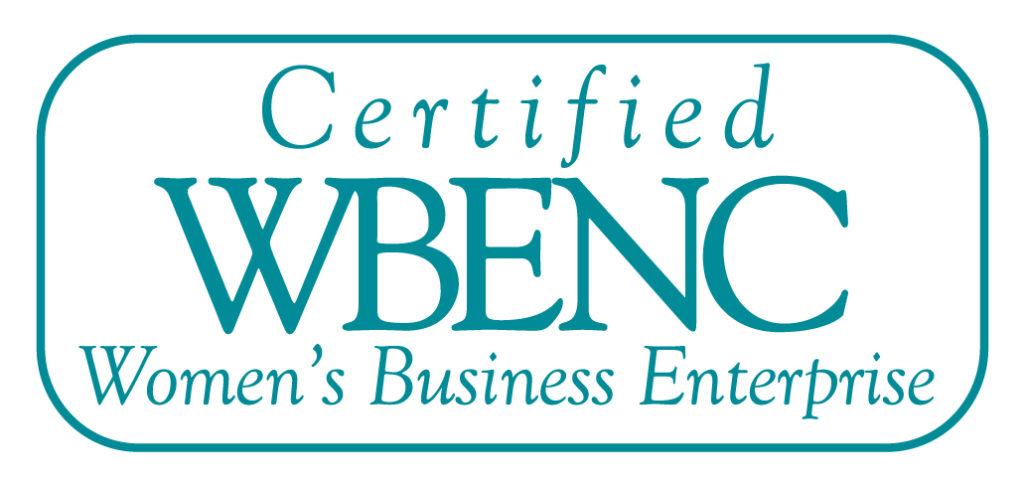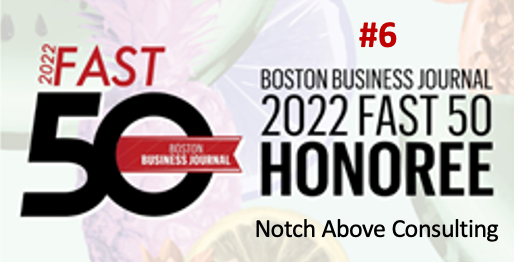Are you struggling to keep up the demand for IT services? Do you wish there was more time for truly transforming the business?
Technology is increasingly embedded in the core products and services that every business offers, and is no longer just the realm of the IT department. Business leaders now expect IT investments to create a competitive advantage, not just “run the business”. In this new reality, demand on IT organizations continues to increase. It can be difficult to focus efforts appropriately and to maintain control of a rapidly changing environment. However, by taking advantage of cloud services and automation and applying some basic controls, your organization will deliver faster and smarter, enabling you to focus on the systems of innovation and differentiation that drive revenue.
Let Cloud Services do the Heavy Lifting
How much you are spending in “traditional” IT areas such as data centers and custom application development? Unless you are a pure technology company, there is a good chance you have rather common needs – back-office support systems to run the business, along with the hardware capacity to host them. Today, these are commodity capabilities available through numerous cloud service providers. These providers typically offer different classes of service that allow you decide the level of control you want to maintain over the application stack. By giving up some control over the lower-level tiers of that stack, you can decrease your costs, accelerate your delivery times, and focus your IT spend on truly differentiating capabilities.

- Infrastructure-as-a-Service (IaaS) is a common first step for companies looking to move away from hardware and data center management. IaaS offers raw compute, storage, and network capacity as a utility, where you pay only for what you consume as an operating expense. The tools and API’s that cloud providers expose allow easy access to virtual hardware can be consumed in a matter of minutes, versus the days and weeks of lead time associated with traditional data centers. IaaS also alleviates the costs associated with Traditionally, managing your own data center, including meanslarge capital investments in hardware and facilities, hiring staff to manage the hardware lifecycle and uncertain procurement & provisioning timelines.
- Platform-as-a-Service (PaaS) builds upon the IaaS model, making that virtual hardware more useful by layering common software components on top of it. Platforms provide flexibility in bundling the common building blocks required to host your applications. This can include operating systems and containers, foundational monitoring and logging tools, web and database servers, as well as application runtime engines. Platforms remove the time and complexity of installing, configuring, and administering these various components. They also expose API’s and configuration options that maximize developer productivity and control over them. All of this makes platforms an excellent solution for hosting systems of differentiation, as development effort can be focused primarily on value delivery, rather than commodity tasks.
- Software-as-a-Service (SaaS) concedes control of the entire application stack to the service provider. Many software companies that historically offered self-hosted solutions will now offer the same software on infrastructure that they manage for you. This reduces the time and expense traditionally required to procure, install, configure, customize and maintain an application. A common concern with this model is that customization options may be much more limited. You will likely lose the ability to customize or extend the application code and be limited to making configuration changes instead. However, the corresponding benefit of this approach is that you can easily stay on the vendor’s upgrade path. As industries evolve and software vendors release new features, SaaS subscribers are typically able to consume these changes shortly after release, with little-to-no interruption in service and significantly less support from your IT staff.
To begin assessing your cloud service opportunities, assemble an inventory of your software and hardware assets. Consider which of these are key differentiators for your business and develop criteria for what could be transitioned to a service provider. Common considerations include:
- Current level of customization
- Complexity of the supporting architecture, data protection & sovereignty requirements
- Overall criticality of the application to the business
Nearly anything can be migrated to a service provider these days, you should be able to identify easy, low-risk targets to pilot a migration program. Use these initial migrations to build your confidence in outsourcing, and to develop a playbook that simplifies future migrations.
Increase Productivity and Satisfaction Through Automation
Even with the powerful application and infrastructure capabilities available today, many IT staffs continue to be burdened with repetitive tasks. Do any of these look familiar?
- A user reports that an application is down. Operational support begins a manual health check of the supporting systems, and some components are restarted in order to restore service.
- A new employee is hired, and a service request is raised for multiple teams to provision account needs to have accounts created in multiple systems in order to become productive.
- Quarterly application releases, requiring close coordination between developers and administrators to compile, deploy, and validate code during a weekend downtime.
Any of these scenarios can have a negative impact on your business, including lost productivity, reduced employee and customer satisfaction, or delayed value delivery. But the tasks performed to address them are also excellent opportunities for automation. Through automation you gain:
- Reduced time to resolve incidents or fulfill requests
- Additional staff capacity to deliver higher value to your customers
- Lower risk due by reducing manual steps and communication barriers
There are automation tools available to assist with different scenarios. For example, Robotic Process Automation (RPA) tools are well suited for workflow management, such as the account provisioning example above. In the application development world, Continuous Integration / Continuous Deployment (CI/CD) tools can streamline the build process so that code is compiled, tested, and made available for deployment within minutes every time a change is checked into source control.
The best tools, processes and opportunities for automation will be unique to each organization. To begin identifying your opportunities, ask your teams to document repeatable tasks that they perform. For example, operational support teams will often have runbooks that describe basic triage activities could be converted into automated activities. Once assembled, rationalize the various tools that are in place. Look for overlapping capabilities and seek to standardize on a limited set of tools, which can reduce both complexity and licensing costs. Consider a governance process that encourages use of the tools you select, and ensures that they don’t proliferate again in the future.
Automation can deliver an immediate impact to your organization. Be sure to measure the benefits you achieve, including time and financial savings. Both can be used to justify further investments in your automation journey, which in turn will free your staff to focus on higher value initiatives for your business.
Don’t Forget the Fundamentals
Cloud services and automation allow you to innovate and adapt at a faster pace than ever before. Applications can be updated multiple times daily, and infrastructure can be dynamically provisioned and de-provisioned to meet demand. In such a rapidly changing environment, it is extremely important to maintain accurate systems of record. A clear and accurate understanding of IT assets and their relationships support numerous important activities, such as:
- Incident and service request management
- Change impact analysis
- Security & compliance audits
- Financial reporting
- Maintenance, patching, and upgrade planning
Many organizations have subsets of this information being managed at the team level, with each team using different tools. It’s not uncommon for this data to only be updated during major events such as go-lives and upgrades. But these approaches result in stale, fractured data that has limited utility across the organization.
Ideally, the information should be stored within a single source of truth, such as a Configuration Management Database (CMDB). Asset discovery and build automation tools can be used to automatically maintain this data in real time, then validated for accuracy through periodic audits by the team owning the asset.
While the journey to a full and accurate CMDB takes time, there are some initial steps you can take now to get started. If you have multiple sources of asset data, begin by understanding where they reside and how they are maintained. Weigh the pros and cons of consolidation to one of these data existing sources, versus creating a new authoritative data source. Also identify the key stakeholders – who are the people & teams that will maintain or consume this data? Begin working with this group to document their data requirements and set expectations for owning and maintaining the data in the future.
To sum it all up, technical capabilities are becoming a competitive advantage for many businesses. IT organizations can keep pace by delivering faster and smarter through the adoption of cloud services and automation. While it can seem overwhelming to shift from traditional hardware and software models, embracing simple use cases and thoughtful planning will start you on path to innovation and differentiation.





